Watch Facts
Quiz: 2023.08.25 Quiz
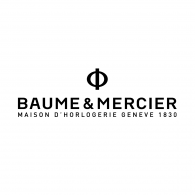
Baume et Mercier, a distinguished Swiss watch brand, boasts a rich heritage dating back to 1830. Founded by the Baume family, it began as a small workshop in Les Bois, Switzerland. In 1918, the brand united with the Mercier family, leading to the establishment of Baume et Mercier. The brand’s hallmark has been an unwavering commitment to crafting watches characterized by elegance and accessible luxury.
In 1965, Baume et Mercier introduced the Riviera, a groundbreaking timepiece distinguished by its distinctive dodecagonal bezel. This design exemplified the brand’s fusion of innovative aesthetics and traditional craftsmanship.
The brand’s logo, an emblem of its values, embodies the harmonious union of heritage and modernity. Featuring the Greek letter Phi, symbolizing the golden ratio, it signifies the brand’s pursuit of balance, precision, and aesthetic refinement. This emblem reflects Baume et Mercier’s enduring dedication to horological excellence.

Established in 1735, Blancpain stands as one of the oldest Swiss watch manufacturers. Its founding by Jehan-Jacques Blancpain marked the inception of a legacy steeped in horological excellence. The company’s rich history is punctuated by key milestones, including the launch of the iconic Fifty Fathoms diving watch in 1953, designed for French combat divers. In 1983, Blancpain became part of the Swatch Group, which nurtured its traditions while fostering innovation.
Blancpain’s logo, a motif of a stylized moon and sun, embodies the brand’s commitment to artisanal craftsmanship and a ceaseless pursuit of precision. The dual celestial elements hark back to time-honored traditions and the cyclical nature of time itself. This emblem resonates with the brand’s dedication to harmonizing traditional watchmaking with modern innovation, mirroring the intricate interplay of celestial bodies.

Founded in 1775 by Abraham-Louis Breguet, the Breguet brand boasts an illustrious history in horology. Breguet’s pioneering contributions include the invention of the tourbillon in 1801, a milestone in enhancing timekeeping accuracy. Notable patrons of Breguet timepieces include Marie Antoinette and Napoleon Bonaparte.
In 1810, Breguet introduced the “Breguet hands,” characterized by their open-ended design and blue hue, a distinctive feature that continues to define the brand’s aesthetic. The brand’s excellence extended to the maritime domain, with Breguet producing marine chronometers for navigational precision during sea voyages.
The Breguet logo, marked by elegant typography, exemplifies the brand’s commitment to sophistication and precision. It symbolizes Breguet’s heritage as a watchmaking pioneer, reflecting the artistry and engineering excellence that have characterized the brand for centuries.
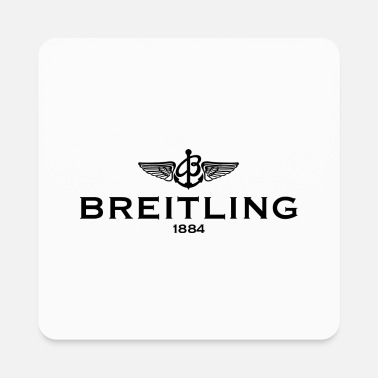
Established in 1884 by Léon Breitling, the Breitling brand has a storied history in watchmaking. It gained prominence in the aviation industry during the 20th century, specializing in precision timepieces for pilots. Noteworthy historic dates include the introduction of the first wrist chronograph with a separate pusher in 1915, and the creation of the iconic Navitimer in 1952, featuring a circular slide rule for aviation calculations.
Breitling’s logo, known as the “winged B,” embodies its aviation heritage. Adopted in the 1950s, the stylized wings denote the brand’s association with aviation and precision timekeeping. The logo signifies Breitling’s commitment to accuracy, innovation, and its enduring connection to aviation enthusiasts and professionals.

The Cartier logo is a sophisticated emblem that displays the brand name in ornate cursive script. This elegant typography represents Cartier’s commitment to luxury and refinement. With a history dating back to the brand’s inception in 1847, the logo has evolved while retaining its timeless charm. The logo’s design mirrors the meticulous craftsmanship that defines Cartier’s creations. It symbolizes exclusivity and prestige, often associated with high-profile events and figures. The iconic red box packaging, often accompanied by the logo, is synonymous with Cartier’s luxury offerings. Ultimately, the Cartier logo encapsulates the brand’s dedication to exquisite design, unparalleled craftsmanship, and a legacy of timeless elegance.
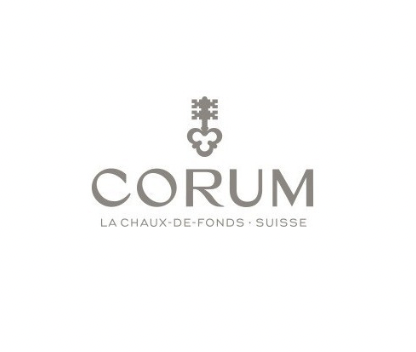
Corum was established in 1955 by René Bannwart in La Chaux-de-Fonds. The brand swiftly gained recognition for its innovative designs and exceptional craftsmanship. In 1960, Corum introduced the Admiral’s Cup, a groundbreaking sports watch distinguished by its twelve-sided case and nautical pennants on the dial.
Significant historic dates in Corum’s journey include the 1980 launch of the Golden Bridge, a revolutionary timepiece featuring a linear movement, and the 2000 release of the Bubble watch, characterized by its distinctive domed crystal.
The Corum logo, marked by a key symbol, embodies the brand’s commitment to unlocking artistic and horological excellence. It conveys Corum’s dedication to craftsmanship, precision, and creativity.
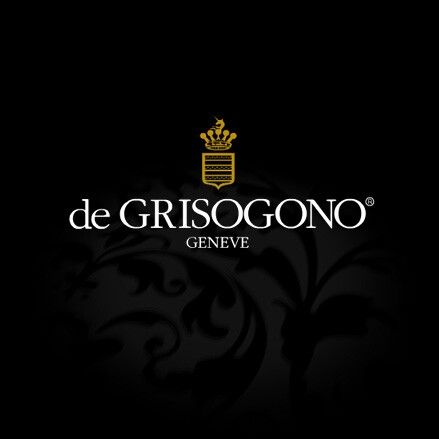
Founded in 1993 by Fawaz Gruosi, de Grisogono swiftly gained prominence for its avant-garde approach to high jewelry and timepieces. Distinctive for its bold designs and innovative use of black diamonds, the brand challenged traditional norms. Notable milestones include the introduction of the Instrumento N°Uno watch in 2000, acclaimed for its fusion of watchmaking and jewelry craftsmanship. The iconic “Melody of Colours” collection, launched in 2006, showcased vibrant gemstones in daring combinations.

Founded in 1911 in La Chaux-de-Fonds, Switzerland, Ebel is a distinguished watch brand renowned for its refined elegance and craftsmanship. In 1914, the brand introduced its first wristwatch, marking the inception of its legacy. Ebel’s commitment to precision and artistry gained recognition in 1930 when it became a supplier to the British Royal Air Force.
Significant to Ebel’s history, the year 1977 witnessed the launch of the Sport Classic collection, combining sporty aesthetics with luxurious detailing. In 1982, Ebel introduced the Sport Wave collection, characterized by its distinctive wave-link bracelet, blending innovation with design.
Ebel’s logo is a stylized “E,” representing the brand’s name. This insignia embodies Ebel’s dedication to elegance and serves as a hallmark of its timepieces. The logo encapsulates the brand’s ethos of timeless sophistication, mirroring its commitment to artisanship and enduring design.

Established in 1791, Girard-Perregaux is a distinguished Swiss watch brand. Notable dates include Constant Girard’s 1889 creation of the Tourbillon with Three Gold Bridges and the 1945 launch of the “Eagle” collection. The emblematic logo features an arrow-ended laurel wreath encircling “GP,” symbolizing victory and precision. Renowned for watches like Vintage 1945 and Laureato, Girard-Perregaux blends heritage and innovation seamlessly.
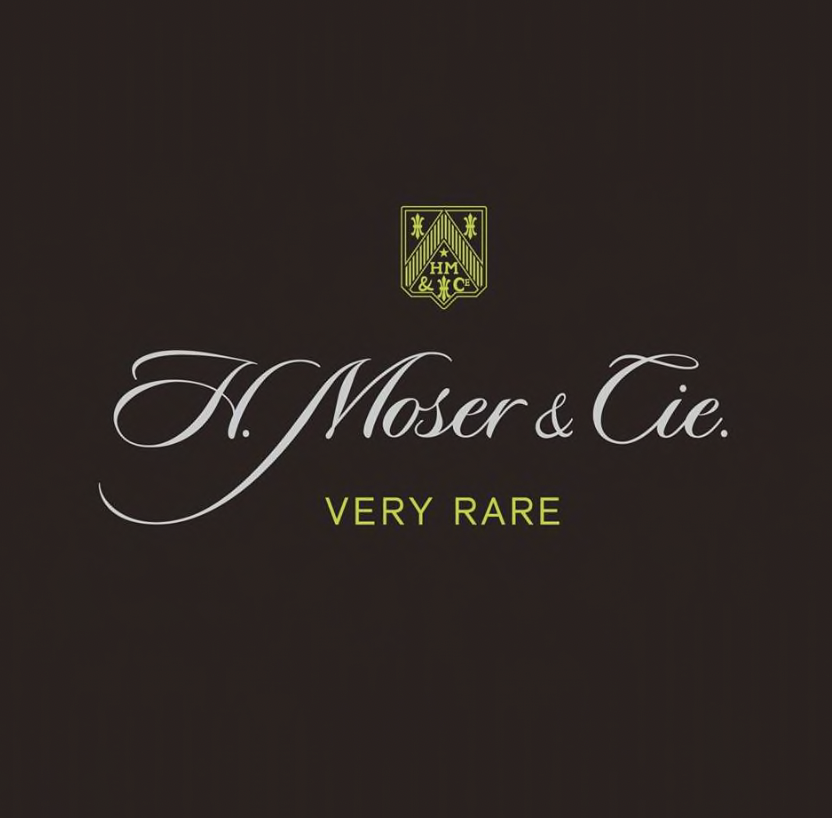
H. Moser & Cie. holds a rich history dating back to 1828. The brand was initially established by Heinrich Moser. Moser’s dedication to precision horology was recognized, earning him royal patronage from Tsar Nicholas I.
In 2005, the brand was revitalized, with a focus on traditional craftsmanship and innovative design. Notable models include the Perpetual 1, showcasing the minimalist yet sophisticated Moser aesthetic. The “Concept” series, introduced in 2015, emphasizes minimalist design, enhanced by its striking fumé dials.
